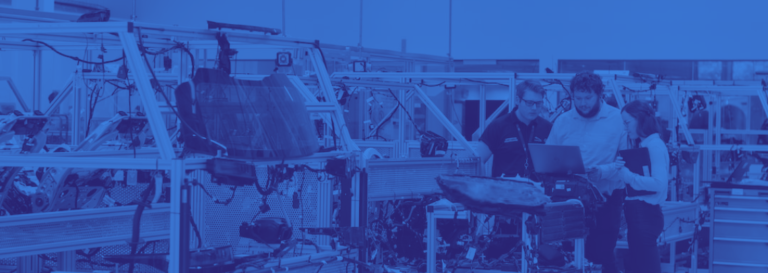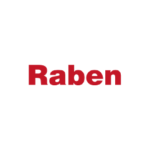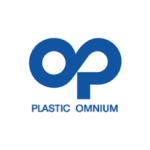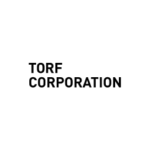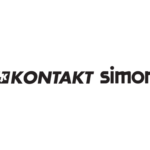Energy efficiency improvement is not a new topic, but – despite significant improvements over the last decade – the Polish economy is still one of the most energy-intensive in the European Union. Therefore, problems with rising energy prices affect practically all entrepreneurs. According to the EY study ‘Companies facing rising energy prices’ (carried out in November 2022 on a sample of 490 medium-sized and large companies reflecting the structure of the Polish economy), electricity bills rose by more than 50% in almost 60% of medium-sized and large companies, including a price jump of more than double for 34%. Gas price increases appeared to be less painful for companies. One reason for this may be the fact that one in five companies surveyed does not use gas as an energy source at all. Companies using this raw material most often declared that the increases were in the range of 21-50% – indicated by 27% of the surveyed companies. At the same time, companies are looking for savings to generate additional funds for their energy bills: 77% of EY survey respondents plan to reduce operating costs. Some are choosing to transform and change their operating model, an operation that is often easier in times of crisis, with 29% of organisations planning to do so. The tight situation on the labour market and staff shortages mean that companies are not searching for savings in the pockets of employees instead. Reducing wage costs is a scenario considered by only one in 10 companies surveyed. Certainly, therefore, rising electricity costs are one of the factors driving Polish industry to introduce more energy-efficient solutions. The implementation of such measures not only allows for tangible financial benefits – it can also be a source of competitive advantage.
Reducing energy costs as one of the optimisation goals
Obviously, there are conscious managers who – even before the energy crisis – were betting on energy-efficient solutions, which in a great many cases are a source of competitive advantage built on sustainability. The primary market motivation for energy efficiency is cost reduction as a result of lower energy consumption, but an increasingly strong motivator for energy efficiency measures is also image change – if energy efficiency results influence a company’s environmental performance, they become a source of advantage, in particular shaping its positive image. For others, on the other hand, the unprecedented rise in energy prices can prove to be an extremely powerful motivator to seek energy efficiency improvements. This applies in particular to those organisations which have not implemented adequate procedures and control systems in time, which have postponed necessary investments in energy efficiency until the indefinite future. It is no secret that, to date, many companies have paid little attention to building a high level of energy awareness. Only the drastic increases in the price of utilities and the associated rise in production costs have forced staff to look for savings, i.e. energy-saving solutions.
IT tools supporting energy savings
As a provider of leading-edge IT solutions, at eq system we primarily pay attention to the effective management of processes that increase the value of products or reduce costs, resulting in real benefits, but also making a proper case for their use. When considering the solutions we offer through the prism of energy efficiency, there are several main areas to pay attention to.
First and foremost is the batch size and the frequency of restocking. Shorter batches typically mean more changeovers and more machine start-ups, which are often very energy consuming. On the other hand, shorter batches mean lower inventories. Extending the planning horizon enables a conscious decision to be made as to which batches and at what frequency to produce parts and answers the question of whether to produce them at all.
The synchronisation of processes, both production and supply-demand, directly influences storage time, and this, in the case of the need to maintain an appropriate temperature or humidity atmosphere, has an impact on the amount of energy consumed.
Increasing the filling of batch resources, such as furnaces, is a classic example that allows the same volume of parts to be reprocessed with fewer batches. This, combined with the arrangement of a sequence of batches with similar temperatures to which the furnace is required to heat up or cool down, significantly reduces the energy consumption of the process.
The above-mentioned areas are supported by the ASPROVA APS system for production planning and scheduling, in which, on the basis of simulations carried out, it is possible to determine what energy consumption will be involved in the execution of the production plan. Data obtained from equipment, production lines or employees are also important here, therefore the element to pay special attention to is the process of monitoring production progress, as well as process parameters. MES – since their creation – has been implemented to improve resource utilisation and efficiency. However, they are often limited to the execution of important, but nevertheless narrow plant-specific objectives such as the calculation of OEE or material accounting.
The XPRIMER.MES system allows users not only to monitor the use of resources, but also to understand how these resources are used throughout the production process, thereby improving resource usage. From this perspective, XPRIMER.MES is one of the essential tools for ensuring the efficient use of energy and raw materials. The information obtained in the production recording process is used for the analytics of production processes, which in turn serves as a basis for decision-making through, for example, information on historical raw material consumption, shortage levels, machine utilisation rates and losses. That detail level of data allows for advanced energy management strategies that allow the information gained to be used in subsequent scheduling sessions. Such a strategy might be to reserve off-peak hours for products that are energy-intensive to produce, allowing the plant to produce these energy-intensive products at a lower price.
Closing the production control process using the ASPROVA APS and XPRIMER.MES systems provides the opportunity to verify the energy intensity of a given version of the plan and enables its reduction, which is of great importance in the current times.
Tomasz Babiarz
expert on improving production control processes in eq system
Do you have any comments or questions? Get in touch with Tomasz Babiarz on LinkedIn.




